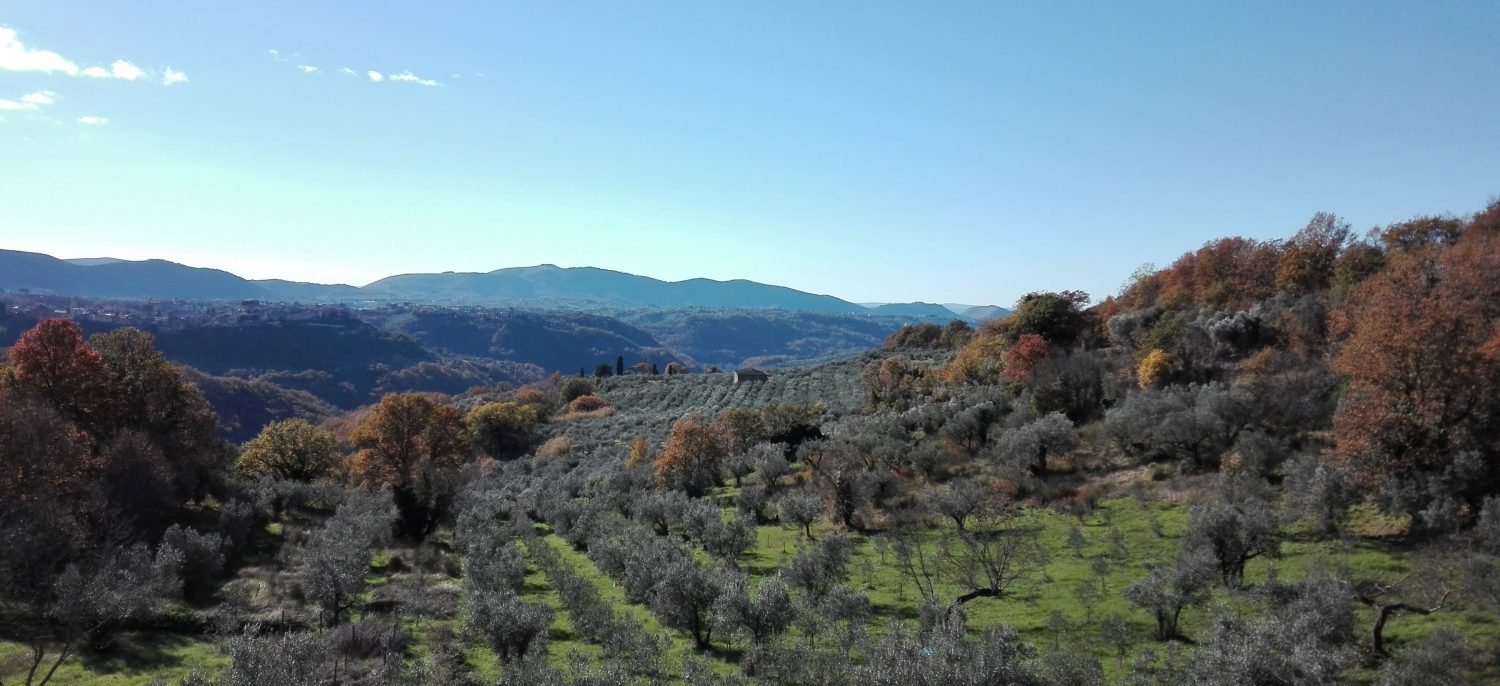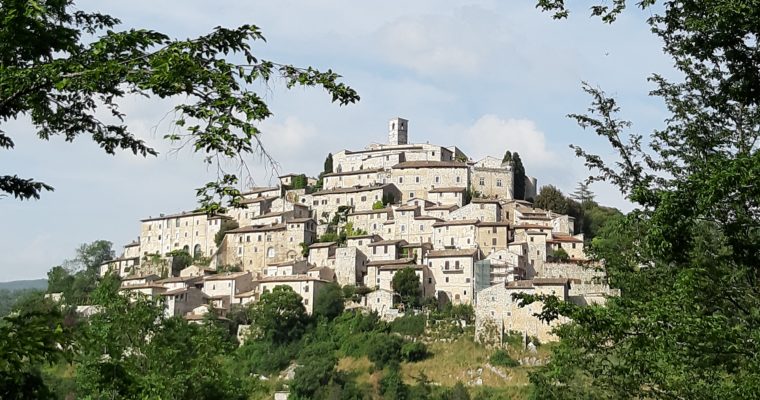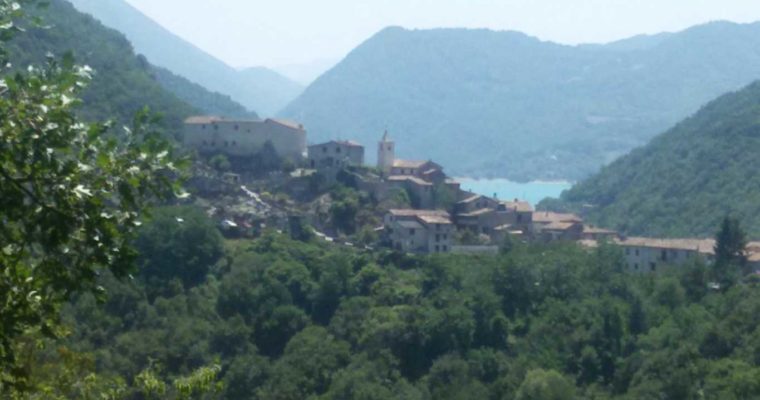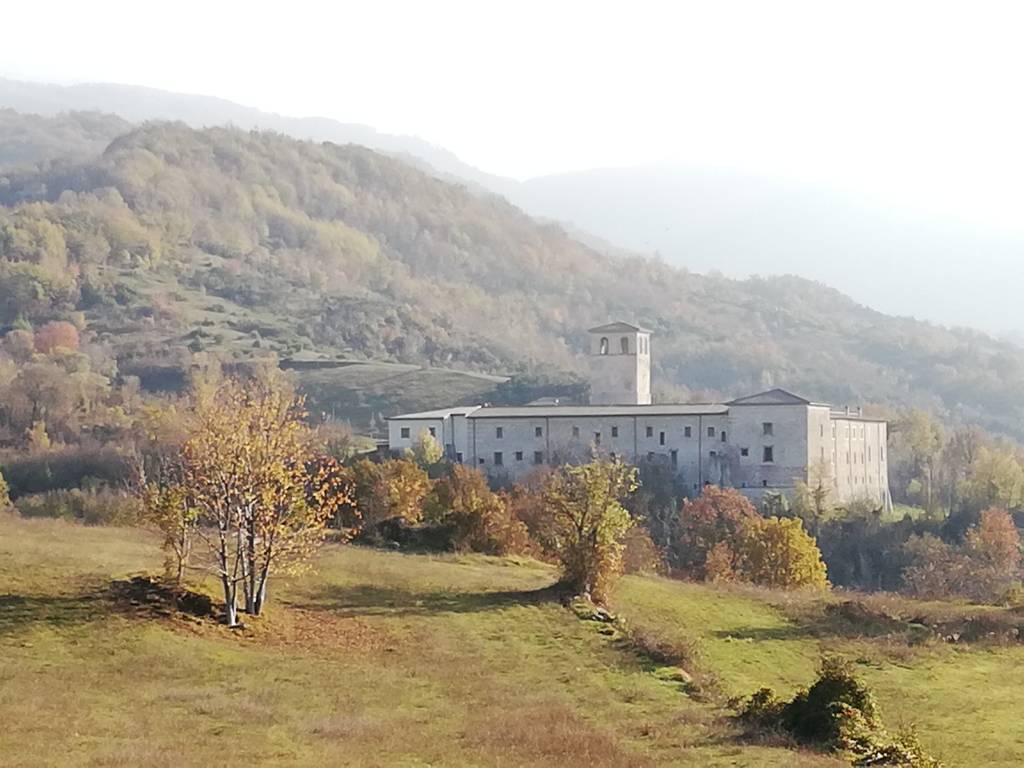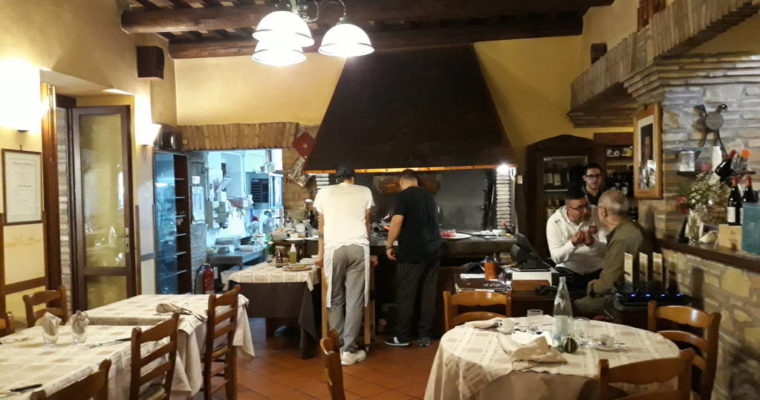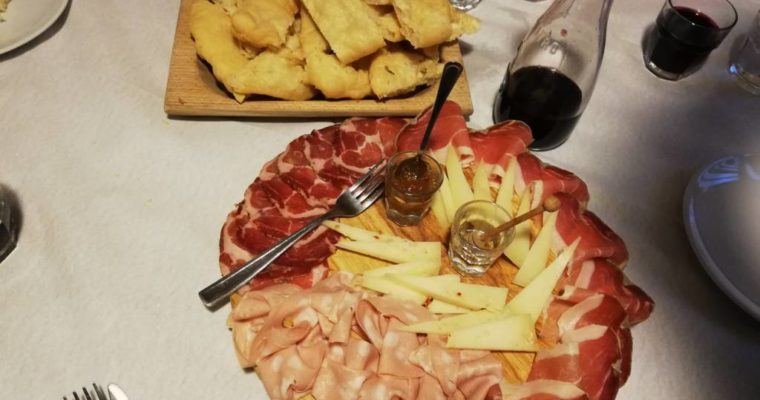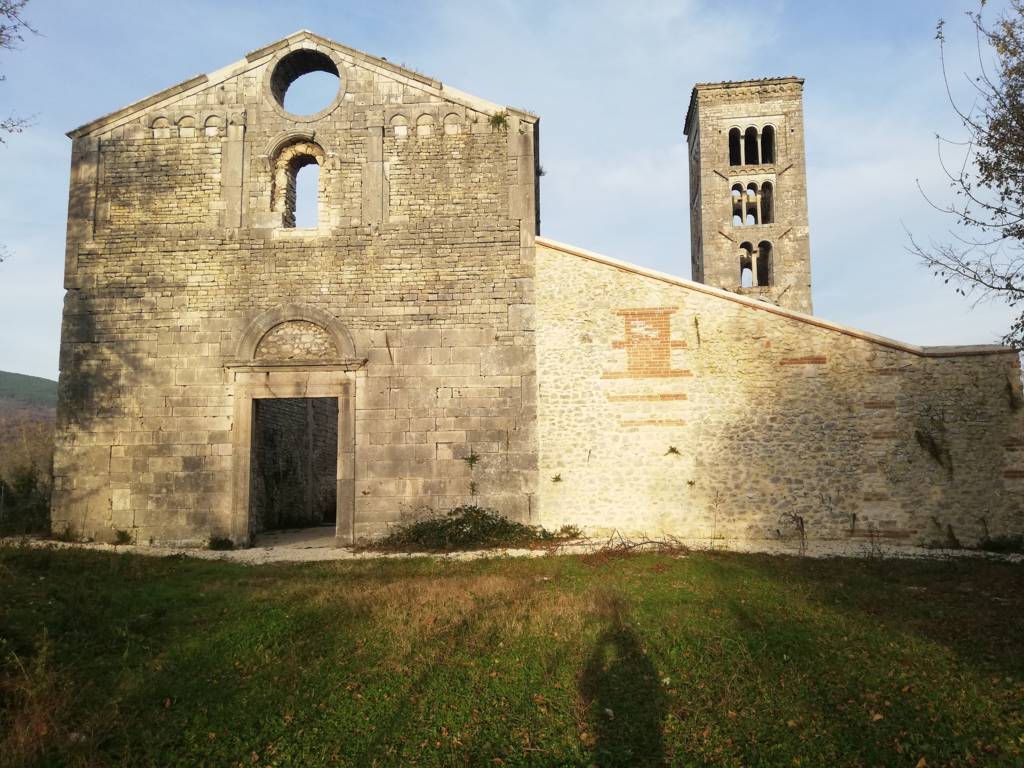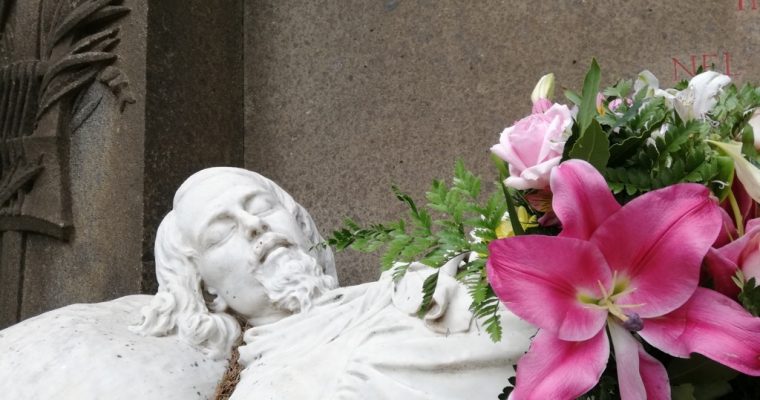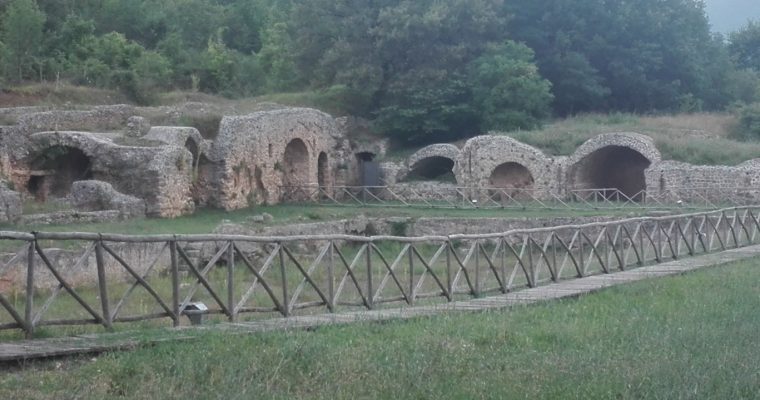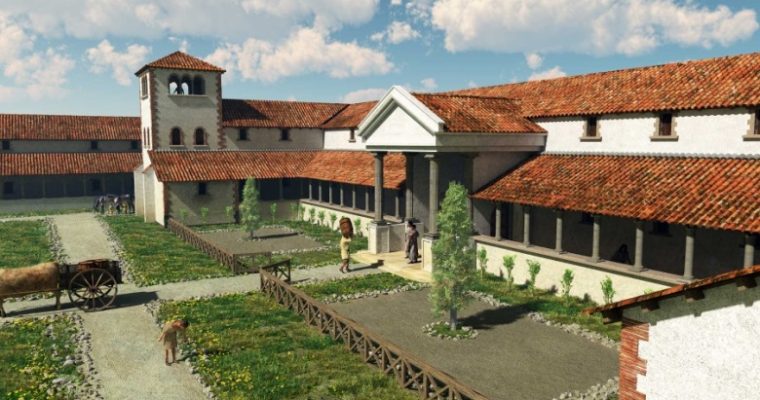Sabina is a region that has been economically depressed, the upside of that is that here a visitor can probably feel the same fascination that Grand Tourists used to feel, when British and Northern European tourists visited Italy in the late 18th century and 19th century to admire the classical beauty of the Ehthernal City and other places of the Belpaese like the rediscovered Pompei and Erculaneum. A beauty that was clearly evoking a great past and was enhanced by nature that had partially taken over the scene like in and engraving by Piranesi.
Santa Maria del Piano is a Benedictine Abbey located between Ovinio and Pozzaglia Sabina. Its foundation is not certain. According to tradition, it was founded by Carlemaine on his second trip to Rome but according to Lorenzo Fiocca, Inspector in the early twentieth century of the Superintendence of Umbria, the Abbey was actually built in the XI or XII century.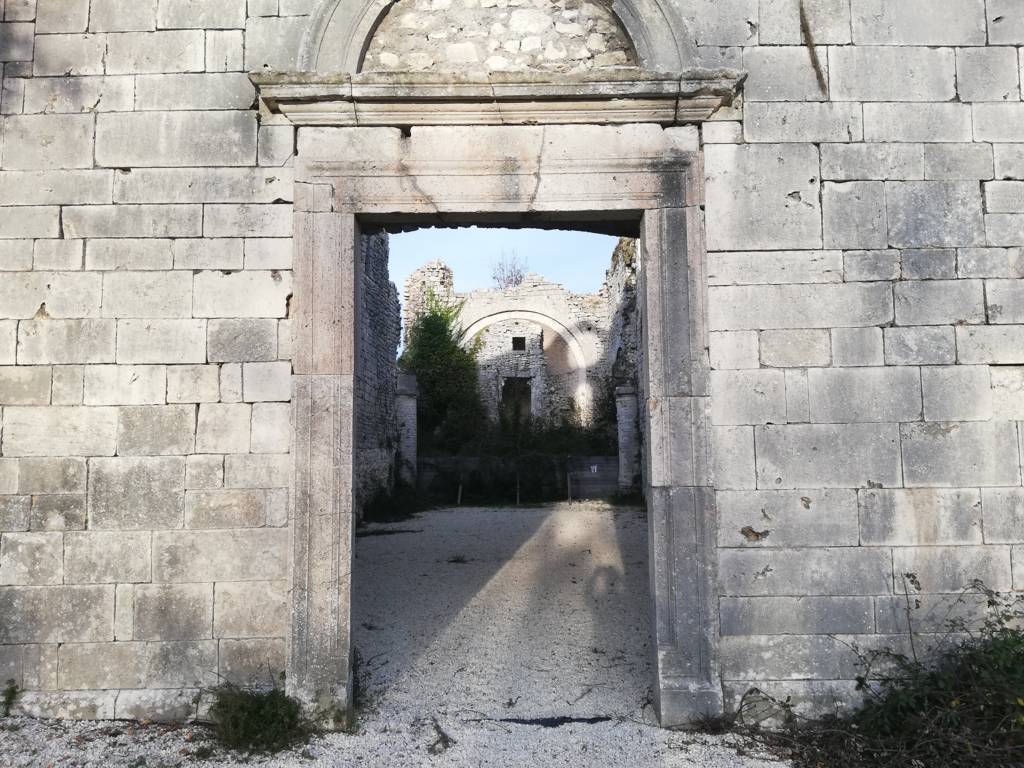
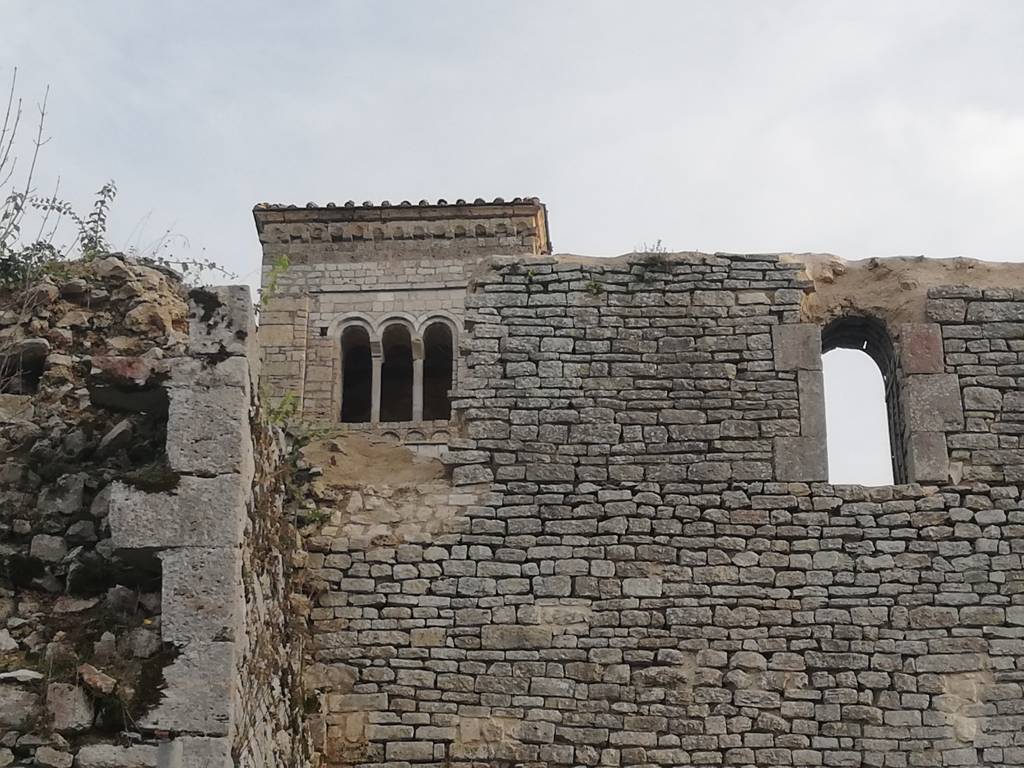
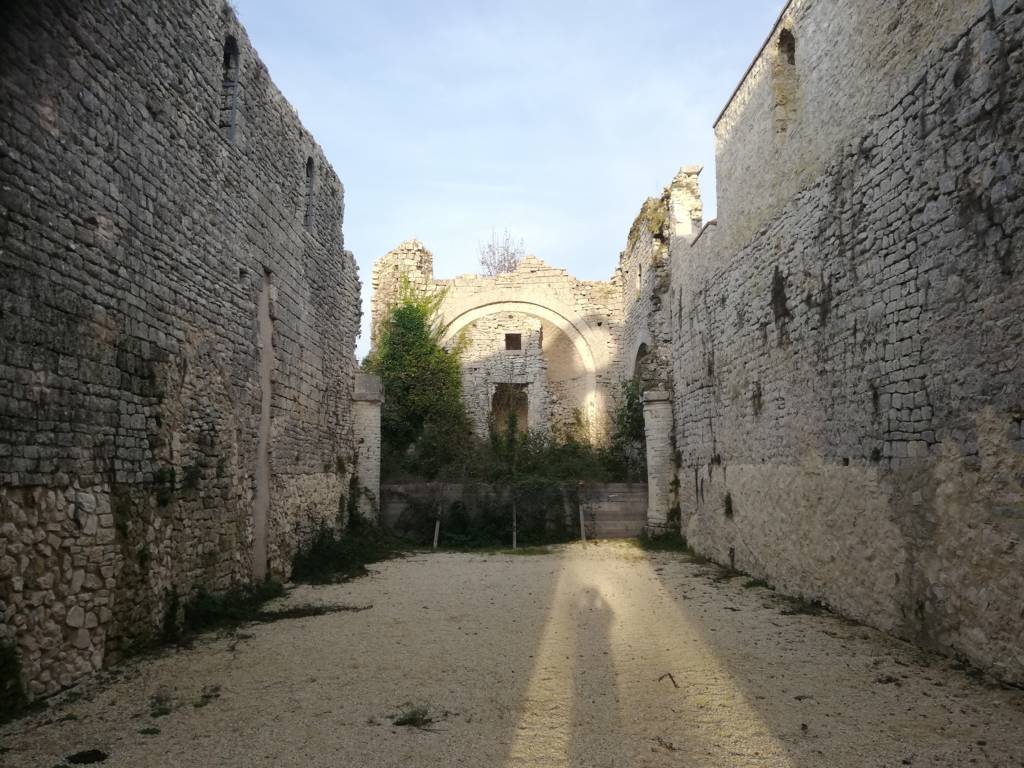
An epigraph that was placed on the front of the church used to report that Bartolomeo Presbiteri “fecit” in 1229, which could mean that the church was either made or restored in 1229.
In his report on the Abbey Fiocca mentions decorative element that were unfortunately removed and lost. Like the ones around the window on the facade and the rose window.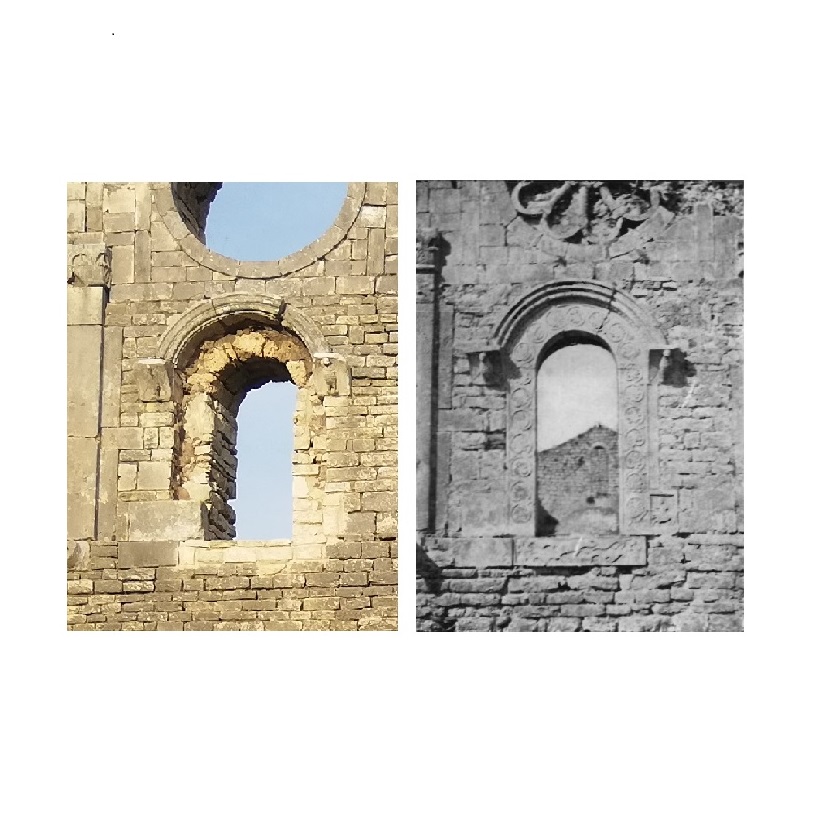
The little arches on the facade probably had the purpose of supporting the tympanum, that now doesn’s exist anymore, showing that the building was originally higher than it is now.
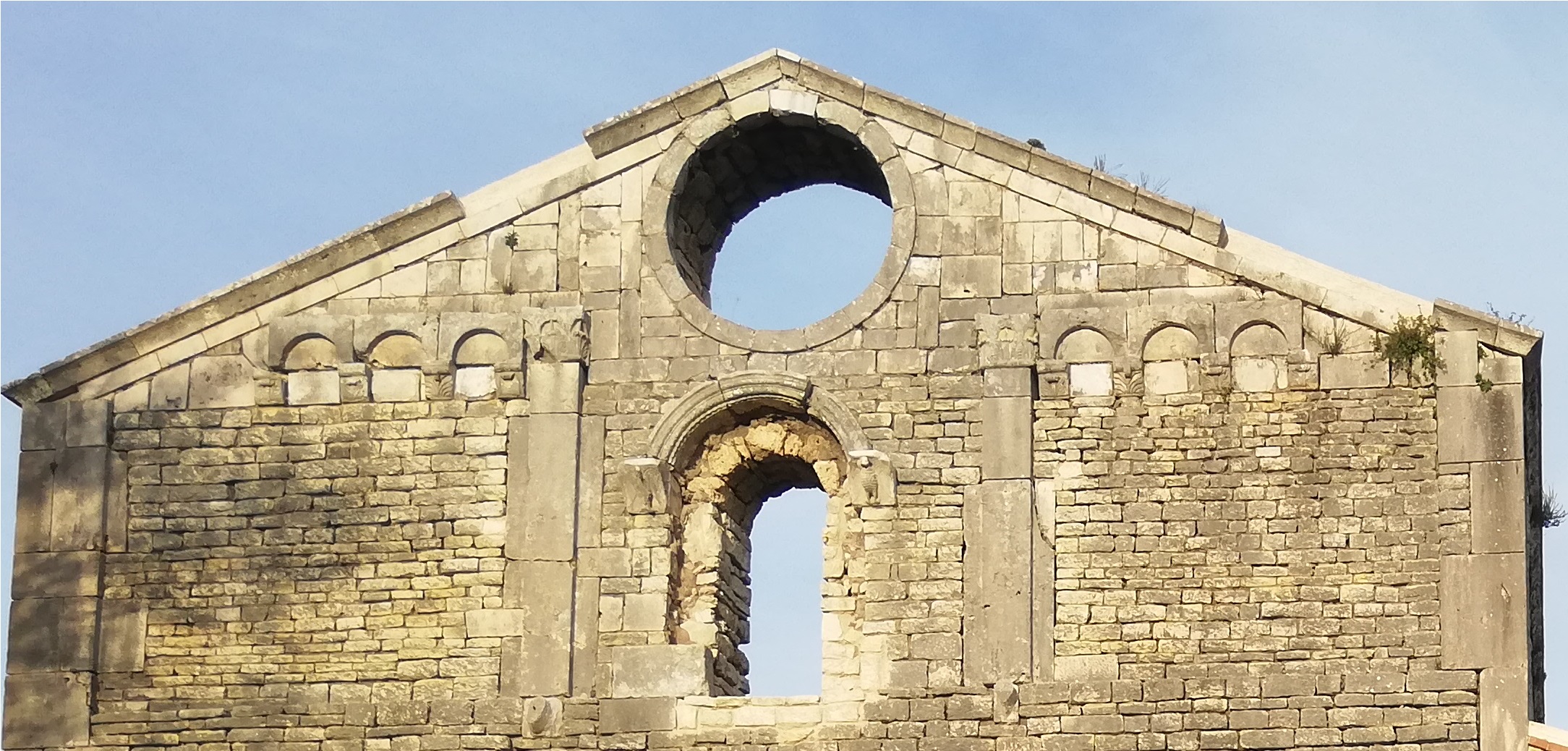
The bell tower is a masterpiece of romanesque architecture, and it is probably the best preserved part of the whole building, free standing, with a square base and level of arcades.
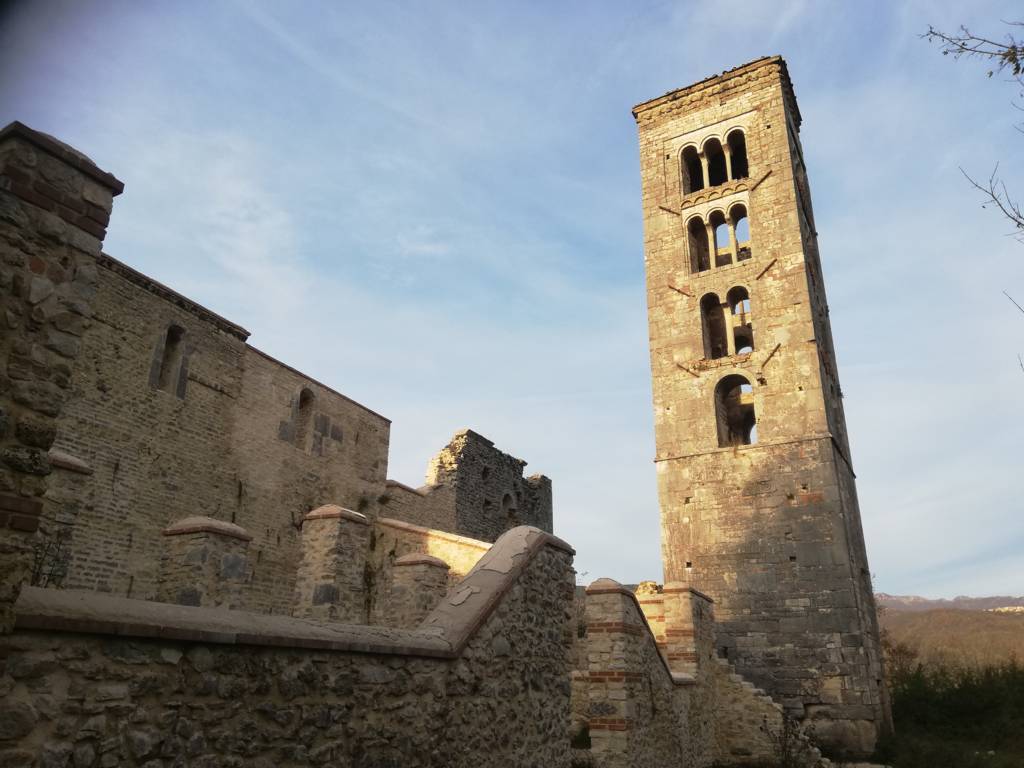
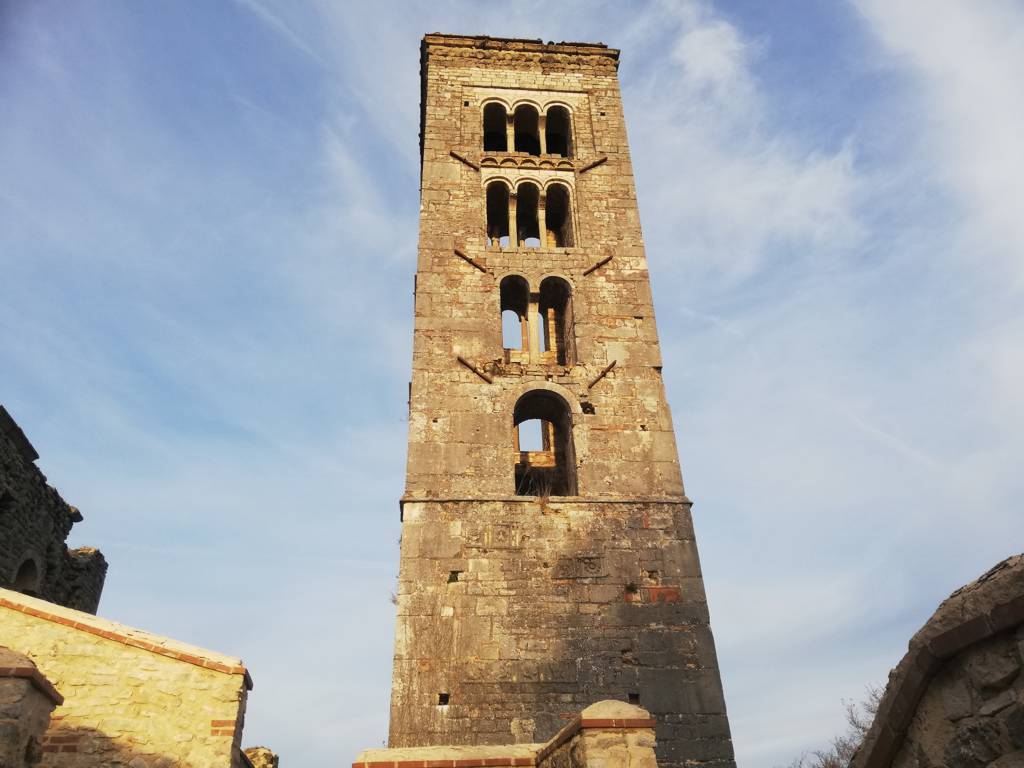
Also a ignorant eye can easily notice the reuse of pieces of old buildings: pieces of epigraphs and triglyphs of trabeation of a Roman temple, maybe from the Temple of Minerva from the nearby city of Orvinum that Dionysius of Halicarnassus, historian from the I century BC, mentions in the first book of Ancient History of Rome.
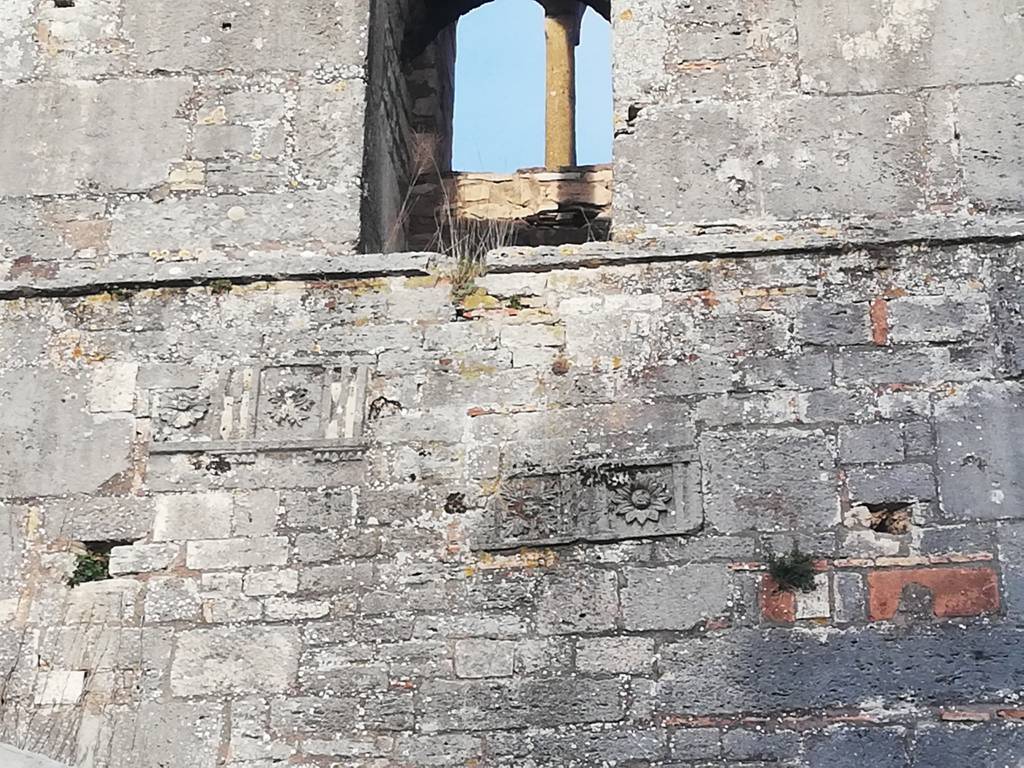
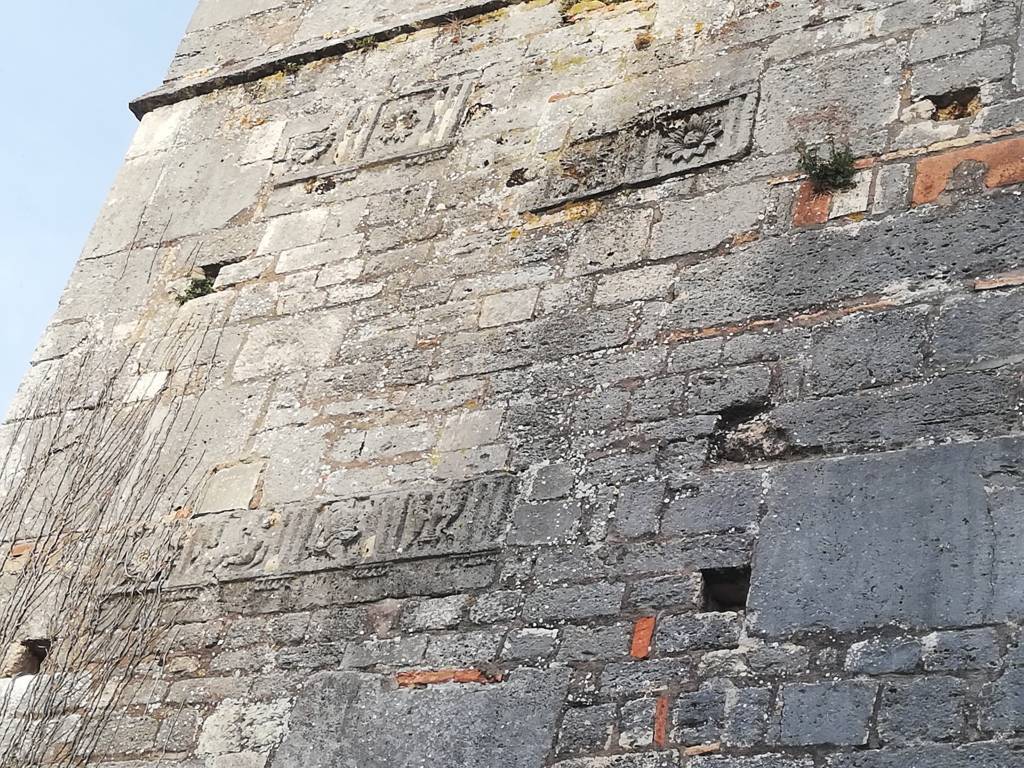
Hidden in the wood to the right of the entrance there is an old ruin that used to be part of the compound. It is barely accessible and very run down.

Like at the time of the Grand Tour, visiting Santa Maria del Piano is a bit of an adventure and it is not for everybody: the road that leads to the Abbey is in very bad condition and the whole structure is not accessible as it is fenced … even though the fence has many gaps in it.
Ruins are fascinating but I can’t help thinking of the final words of Lorenzo Fiocca’s report that expresses the wish that this important monument, exposed for centuries to the elements and to the neglect of humble men, could be preserved to avoid further damage, thanks to the measures already takes by the government….not much has changed in Italy since than.
